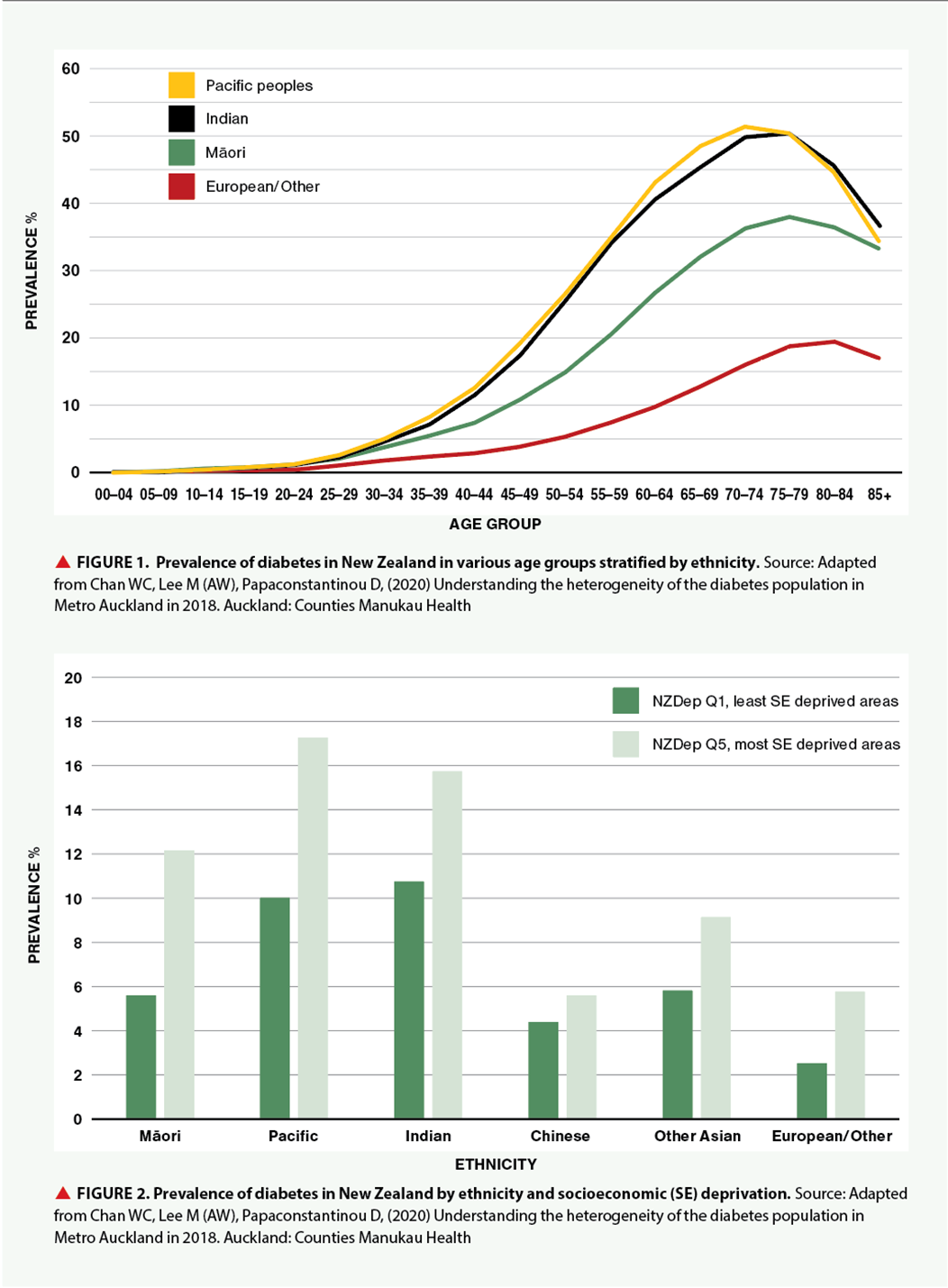What is the place of older diabetes drugs in the new NZSSD guidelines?
SGLT2 inhibitors and GLP-1 receptor agonists will add to the variety of diabetes medicines already in the healthcare providers’ toolbox, some of which are described here.
DPP-4 inhibitors
DPP-4 inhibitors work by inhibiting the breakdown of endogenous incretin hormones. DPP-4 inhibitors increase GLP-1 twofold to threefold, whereas injectable GLP-1 receptor agonists increase GLP-1 eightfold to tenfold. DPP-4 inhibitors such as vildagliptin are increasingly replacing sulfonylureas as second line agents as they do not cause hypoglycaemia on their own and are weight neutral. However, generally DPP-4 inhibitors are less effective than sulfonylureas in lowering HbA1c.
Whilst cardiovascular safety studies of vildagliptin have proven its safety, it is generally considered to have a neutral effect on CVD.6 Hence, in anyone with significant CVD, heart failure or renal risk, DPP-4 inhibitors should be considered a third-line treatment after SGLT2 inhibitors.
In patients without cardiovascular risk factors, heart failure or CKD, early combination therapy of vildagliptin with metformin should be considered. The VERIFY study7 indicated that patients who commenced dual therapy when HbA1c was between 48 and 58mmol/mol had a longer period of time with a HbA1c <53 mmol/mol than those who received sequential therapy with vildagliptin after failing metformin monotherapy.
Sulfonylureas and thiazolidinediones
Sulfonylureas and thiazolidinediones (TZDs) are the last choice of drugs in the new EU and US guidelines for type 2 diabetes.1 These therapies are used for glucose-lowering in situations where cost is a major issue and/or there is a reluctance to use insulin to control glycaemia. They have been widely used in New Zealand.
Sulfonylureas close potassium channels at the surface of the pancreatic beta cell and lead to insulin release. The major side effect of sulfonylureas is hypoglycaemia as insulin is released irrespective of blood glucose levels. For this reason, patients are required to pay closer attention to managing the balance between carbohydrate intake and activity and will need to monitor their blood glucose levels.
Pioglitazone is the only drug within the TZD class that is still available. It binds to the nuclear peroxisome-proliferator-activated receptor and modulates gene expression which improves insulin sensitivity. Pioglitazone does not cause hypoglycaemia and is preferred over sulfonylureas if there is a compelling need to minimise hypoglycaemia. Pioglitazone leads to triglycerides reduction and improved fatty liver disease and possibly lowers CVD events. However, pioglitazone therapy is frequently associated with weight gain (approximately 2–3kg) and is not suitable for patients with heart failure or macular oedema, or in patients who are at increased risk of fracture.
Insulin
Insulin should be considered for patients who do not achieve target HbA1c levels on other combination glucose-lowering therapies, but GLP-1 receptor agonists are preferred over insulin when possible. Due to the progressive beta cell failure in type 2 diabetes, many patients will eventually need insulin therapy to achieve target glycaemic levels. Diabetes management guidelines including insulin initiation are available on Regional HealthPathways and an updated New Zealand Type 2 Diabetes Management Guidance is available at t2dm.nzssd.org.nz.
Original article written by Rinki Murphy, endocrinologist and diabetologist at Auckland DHB
Edited for nursing readership by Lisa Sparks, diabetes clinical nurse specialist at Waitemata DHB



